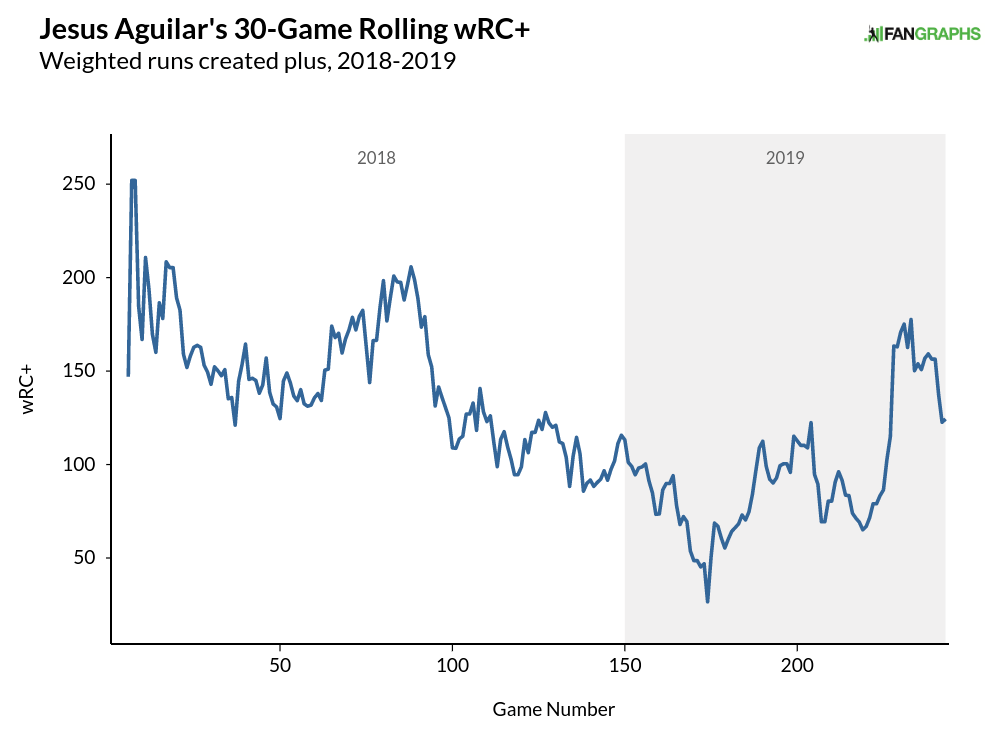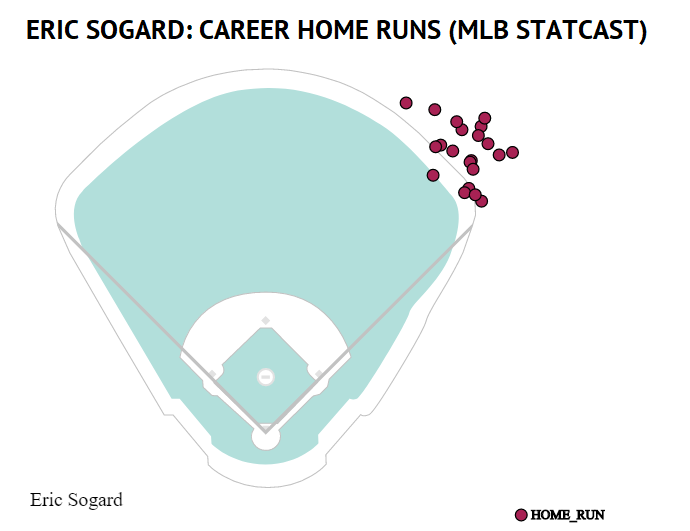Charlie Morton’s Best Season Yet
WAR isn’t everything, and it can certainly be more variable year to year for pitchers than it is for hitters. Still, Charlie Morton — who has pitched in parts of 12 major league seasons and never before accumulated more than 3.1 WAR in a single year — has posted 4.7 WAR through 25 starts in 2019, and we’re not even all the way to the middle of August. Here’s how he compares to the league leaders in that category:
| Player | IP | K% | BB% | ERA- | FIP- | WAR |
|---|---|---|---|---|---|---|
| Max Scherzer | 134.1 | 35.3% | 4.7% | 54 | 47 | 5.6 |
| Lance Lynn | 155.0 | 27.7% | 5.9% | 73 | 61 | 5.5 |
| Charlie Morton | 149.0 | 30.5% | 7.1% | 65 | 62 | 4.7 |
| Jacob deGrom | 143.0 | 31.5% | 6.1% | 67 | 66 | 4.6 |
| Gerrit Cole | 156.2 | 36.8% | 6.4% | 65 | 68 | 4.5 |
Morton, who signed as a free agent with the Rays this offseason after stints in Atlanta, Pittsburgh, Philadelphia, and Houston, has been a few different pitchers over the years. With Pittsburgh, where he established himself as a credible big league starter after a spotty minor league track record for the Braves, Morton threw two-seam fastballs nearly two thirds of the time and earned a reputation as a groundball machine, ranking 11th in the majors in GB% over the course of his seven seasons with the Pirates. In Philadelphia in 2016, and then even more markedly in Houston, where he won a world title in 2017, Morton raised his velocity by about two miles per hour across the board and added a cut fastball to complement his elite curveball.
This year for Tampa, Morton is throwing that curveball more frequently than he ever has before — 36.5% of the time, against a previous career high of 29.3% last year — and has found previously unknown levels of success in pairing that pitch with that cut fastball he first developed in Philadelphia and has been refining ever since. That pitch, in particular, has allowed Morton to make significant strides against lefties, who previously burned him to the tune of a career .344 wOBA against, but who are posting a substantially worsened .288 against him this year. Read the rest of this entry »



